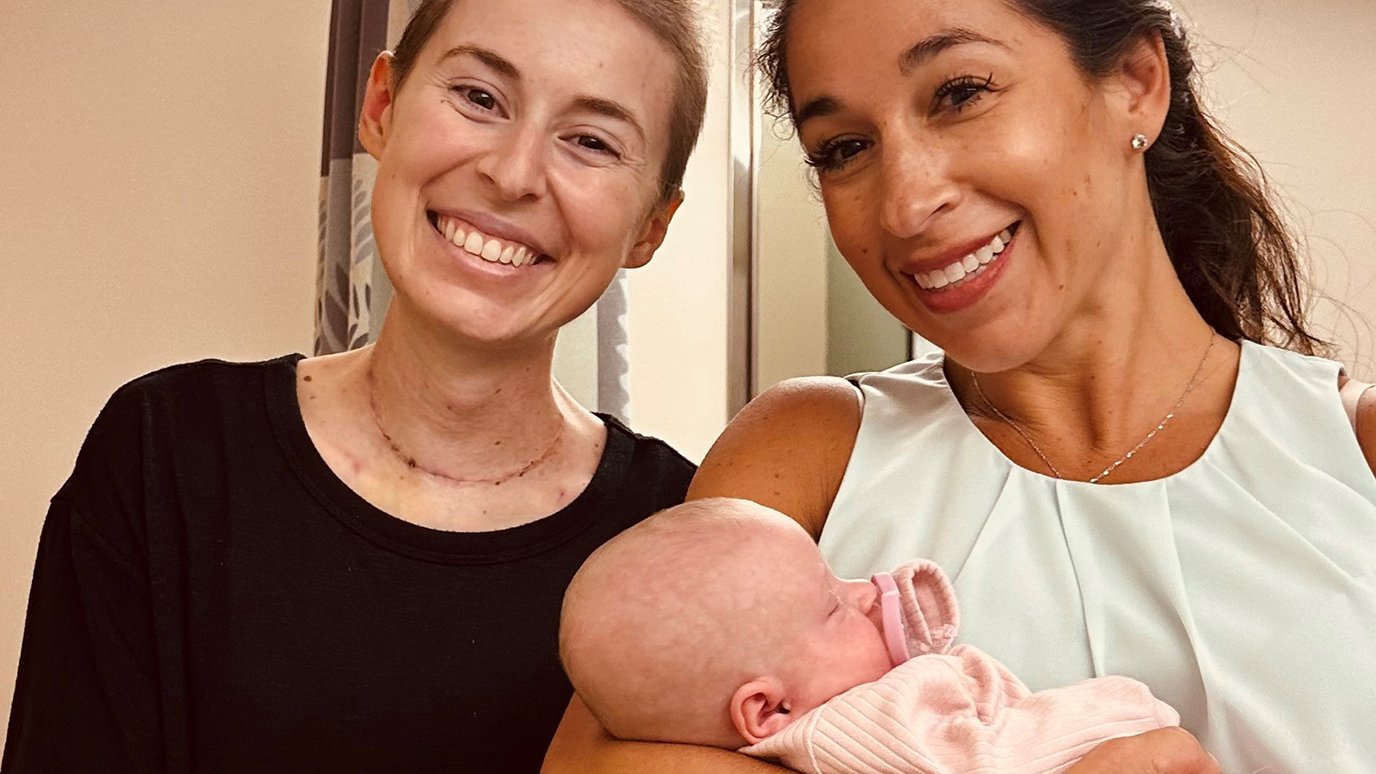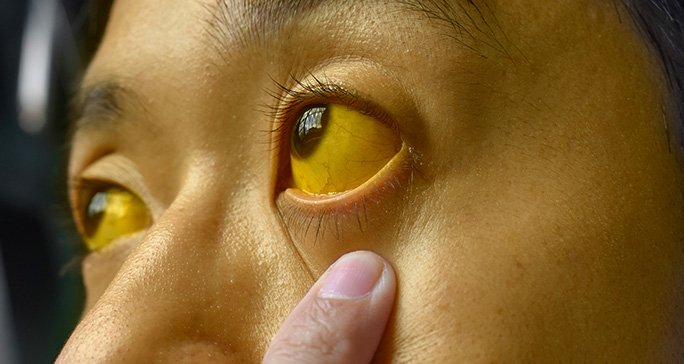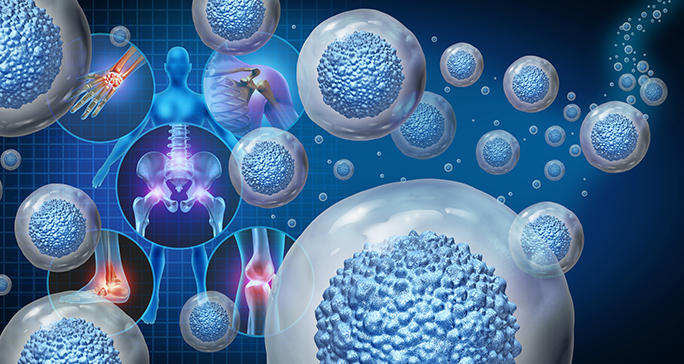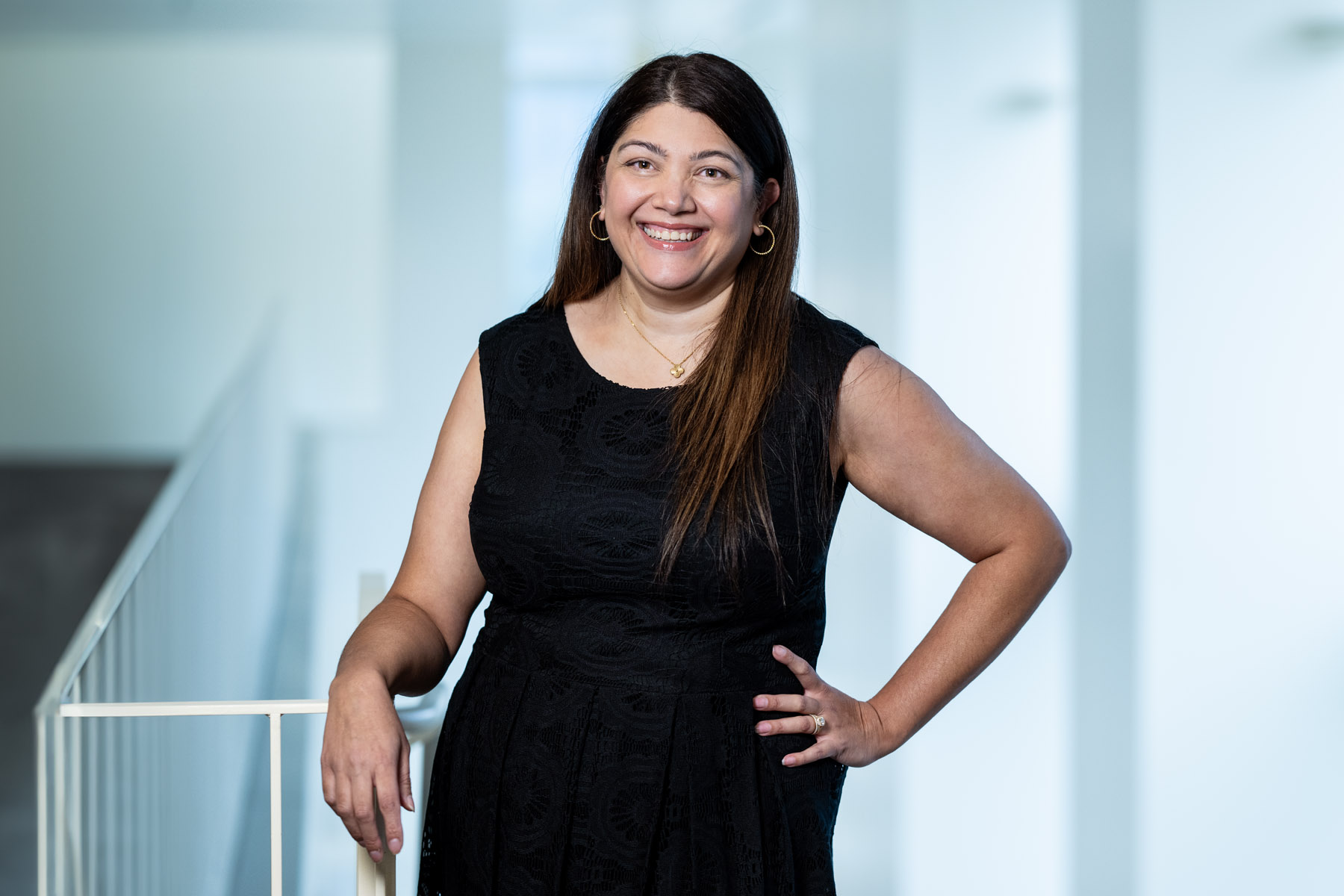- Diseases
- Acoustic Neuroma (14)
- Adrenal Gland Tumor (24)
- Anal Cancer (70)
- Anemia (2)
- Appendix Cancer (16)
- Bile Duct Cancer (26)
- Bladder Cancer (72)
- Brain Metastases (28)
- Brain Tumor (232)
- Breast Cancer (722)
- Breast Implant-Associated Anaplastic Large Cell Lymphoma (2)
- Cancer of Unknown Primary (4)
- Carcinoid Tumor (8)
- Cervical Cancer (164)
- Colon Cancer (166)
- Colorectal Cancer (116)
- Endocrine Tumor (4)
- Esophageal Cancer (44)
- Eye Cancer (36)
- Fallopian Tube Cancer (8)
- Germ Cell Tumor (4)
- Gestational Trophoblastic Disease (2)
- Head and Neck Cancer (14)
- Kidney Cancer (128)
- Leukemia (342)
- Liver Cancer (50)
- Lung Cancer (286)
- Lymphoma (278)
- Mesothelioma (14)
- Metastasis (30)
- Multiple Myeloma (100)
- Myelodysplastic Syndrome (60)
- Myeloproliferative Neoplasm (6)
- Neuroendocrine Tumors (16)
- Oral Cancer (102)
- Ovarian Cancer (176)
- Pancreatic Cancer (160)
- Parathyroid Disease (2)
- Penile Cancer (14)
- Pituitary Tumor (6)
- Prostate Cancer (148)
- Rectal Cancer (58)
- Renal Medullary Carcinoma (6)
- Salivary Gland Cancer (14)
- Sarcoma (238)
- Skin Cancer (298)
- Skull Base Tumors (56)
- Spinal Tumor (12)
- Stomach Cancer (66)
- Testicular Cancer (28)
- Throat Cancer (92)
- Thymoma (6)
- Thyroid Cancer (98)
- Tonsil Cancer (30)
- Uterine Cancer (86)
- Vaginal Cancer (18)
- Vulvar Cancer (22)
- Cancer Topic
- Adolescent and Young Adult Cancer Issues (20)
- Advance Care Planning (12)
- Biostatistics (2)
- Blood Donation (18)
- Bone Health (8)
- COVID-19 (360)
- Cancer Recurrence (120)
- Childhood Cancer Issues (120)
- Clinical Trials (628)
- Complementary Integrative Medicine (22)
- Cytogenetics (2)
- DNA Methylation (4)
- Diagnosis (236)
- Epigenetics (6)
- Fertility (62)
- Follow-up Guidelines (2)
- Health Disparities (14)
- Hereditary Cancer Syndromes (128)
- Immunology (18)
- Li-Fraumeni Syndrome (8)
- Mental Health (118)
- Molecular Diagnostics (8)
- Pain Management (62)
- Palliative Care (8)
- Pathology (10)
- Physical Therapy (18)
- Pregnancy (18)
- Prevention (928)
- Research (388)
- Second Opinion (76)
- Sexuality (16)
- Side Effects (614)
- Sleep Disorders (10)
- Stem Cell Transplantation Cellular Therapy (216)
- Support (402)
- Survivorship (324)
- Symptoms (182)
- Treatment (1778)
Hodgkin lymphoma survivor thankful for care at MD Anderson
5 minute read | Published August 19, 2024
Medically Reviewed | Last reviewed by an MD Anderson Cancer Center medical professional on August 19, 2024
Macey Hicks always made her health a priority. She went to 4 a.m. boot camp classes, worked out regularly, didn’t smoke and ate plenty of fruits and vegetables. So, when she began having a fever, cough, chills and sore throat during her sophomore year of college, she immediately got it checked out.
But months passed before she learned the cause of her symptoms: Hodgkin lymphoma.
Worsening symptoms lead to Hodgkin lymphoma diagnosis
Macey frequented a local urgent care in Mississippi, where she was attending school. Her symptoms came in waves. She’d take antibiotics, get a little better, then go back to her normal routine. But she’d feel exhausted.
For months, Macey was told she had strep throat, the flu, and finally, long-term mono. One day, she felt a lump on the left side of her neck.
After an ultrasound and CT scan, the doctor said her lymph nodes were swollen, and her red and white blood cell counts were high. He said that was normal for people with mono.
“He sent me home and said to come back if I start feeling worse,” she says.
Things did get worse. Macey began having severe night sweats. She would be drenched in sweat in class, even when the classrooms were cold.
After finishing her finals, Macey returned home to Florida and had another CT scan. The doctor suspected the lump was cancerous. A biopsy confirmed Macey had stage III Hodgkin lymphoma. She was 20 at the time.
“My doctor told me, ‘This is curable. It’s going to be a journey. But I believe in you, and you can get through this,’” recalls Macey, who was with her family when she got the news. “I felt motivated that I was going to crush this in six months.”
Starting Hodgkin lymphoma treatment
Macey began her Hodgkin lymphoma treatment near her home in Pensacola, Florida. Her doctor worked with MD Anderson doctors to come up with her treatment plan: 12 rounds of chemotherapy for six months of the drug combination doxorubicin (Adriamycin), bleomycin, vinblastine and dacarbazine (ABVD), a standard treatment for Hodgkin lymphoma. The goal was to cure the cancer by killing all of the disease.
After four rounds of chemo, scans showed that the cancer was completely gone. But after she’d finished all 12 rounds, a scan showed two tiny spots on her left side.
“I was freaking out thinking the cancer had come back,” says Macey.
Her doctor talked to lymphoma specialist Ranjit Nair, M.D., and they agreed Macey should have another scan in three months at MD Anderson.
“My doctor was an oncologist and hematologist, but he didn’t specialize in lymphoma,” says Macey. “He told me, ‘If you were my child, this is what I’d have you do.’ So, we decided I’d come to MD Anderson.”
An aggressive Hodgkin lymphoma treatment plan
Macey and her mom moved to Houston so she could continue treatment at MD Anderson. She had her first appointment on March 9, 2020.
“My scan lit up like a Christmas tree,” she says. “Dr. Nair explained that my Hodgkin lymphoma was very aggressive and had high-risk factors. I needed a stem cell transplant.”
Doctors wanted to use chemotherapy to stabilize the cancer and then harvest Macey’s stem cells for an autologous stem cell transplant. She had four days of ICE treatment, a combination of chemotherapy drugs used to treat lymphoma that has come back.
“It was hard for me because my mom couldn’t come with me due to COVID-19 protocols,” says Macey. “I was nauseous and having panic attacks.”
Her next scan showed the cancer had come back again. So, she received brentuximab vedotin plus bendamustine, which is used to treat relapsed or refractory Hodgkin lymphoma. This helped Macey achieve complete remission. That’s when stem cell transplant specialist Samer Srour, MB ChB, recommended an aggressive high-dose chemotherapy regimen to make sure the cancer didn’t come back.
“Dr. Srour told me, ‘You’re young, healthy and motivated. You’re going to hate me while undergoing this treatment, but it’s going to give you the best chance of success. It’s OK if you hate me as long as you get to have a future,’” Macey recalls. “I responded, ‘Sign me up.’”
MD Anderson staff, support programs help during stem cell transplant
She had two rounds of aggressive chemotherapy treatment to prepare her body for the stem cell transplant. She had her stem cell transplant on July 31, 2020.
Afterward, Macey spent 40 days in the hospital.
“My stomach lining was damaged. I had mucositis. I was on morphine for the pain,” she recalls. “It was rough, but everybody was amazing.”
Macey used the whiteboard in her hospital room as a calendar to count down the days through different stages of treatment, like when she received her stem cells. She also participated in several Adolescent and Young Adult (AYA) Program activities, such as movie streaming parties and painting competitions.
She painted four pieces and, at the end of treatment, gave them to her favorite nurses.
Macey also saw an occupational therapist, who worked with her on things like getting out of a chair and fast walking.
“My nurses would tell me, ‘You’re going to feel horrible and not going to want to do anything. But you need to shower every day and walk your laps,’” says Macey. “I appreciated that motivation so much. If they didn’t push me, I might have had to stay in the hospital longer.”
Macey stayed on maintenance treatment for a year after leaving the hospital. On Oct. 17, 2022, she got her last scans, which were clear. She hasn’t needed any additional scans since then.
Grateful for her caring team at MD Anderson
Macey is thankful for everyone at MD Anderson who helped her throughout treatment. This includes David, who met her at the entrance of the Main Building with a wheelchair and took her to appointments when she wasn’t feeling well; Bear on the pediatric stem cell transplant floor, who quietly checked her vitals so she could sleep; stem cell transplant physician assistant Melinda Vickers, who helped calm her down when she had scanxiety; and Srour, whom she calls a ‘genius’ and ‘hero’ for deciding on the treatment that helped destroy the aggressive lymphoma she had.
Macey comes to MD Anderson every six months for checkups. The anxiety and dread she used to feel before scans is now replaced with overwhelming joy.
“By the grace of God and some helping hands at MD Anderson, I am four years post-transplant and cancer-free,” says Macey. “I enjoy life much more than I did before cancer. I’m incredibly thankful for MD Anderson and all the people who helped and supported me during my cancer journey.”
Request an appointment at MD Anderson online or call 1-877-632-6789.
Related Cancerwise Stories

I’m incredibly thankful for MD Anderson.
Macey Hicks
Survivor






